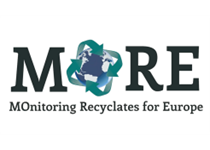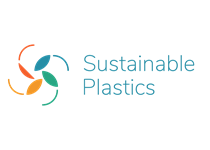How are they produced?
The two main processes used for the production of plastics are called polymerisation and polycondensation.
In a polymerisation reactor, monomers (such as ethylene and propylene) are joined together to form long polymer chains. Each polymer has its own properties, structures and sizes. Regarding their physical properties, plastics can be divided into two groups:
Thermosetting or thermosets:
gain the form of rigid products due to heat action and chemical reactions and are not susceptible to being moulded again by heat action.
Examples:
Bakelite,
Polyurethane (PU),
Unsaturated polyester resins (UP)
Phenolic resins, epoxy resins, etc.
Thermoplastics:
soften when heated and harden again when they cool, which allows them to be moulded repeatedly. More than 80 % of commonly-used plastics are of this type.
Examples:
Polycarbonate (PC)
Polyethylene (PE)
Polyethylene terephthalate (PET)
Polyvinyl chloride (PVC)
Polypropylene (PP)
Polystyrene (PS), among others.







